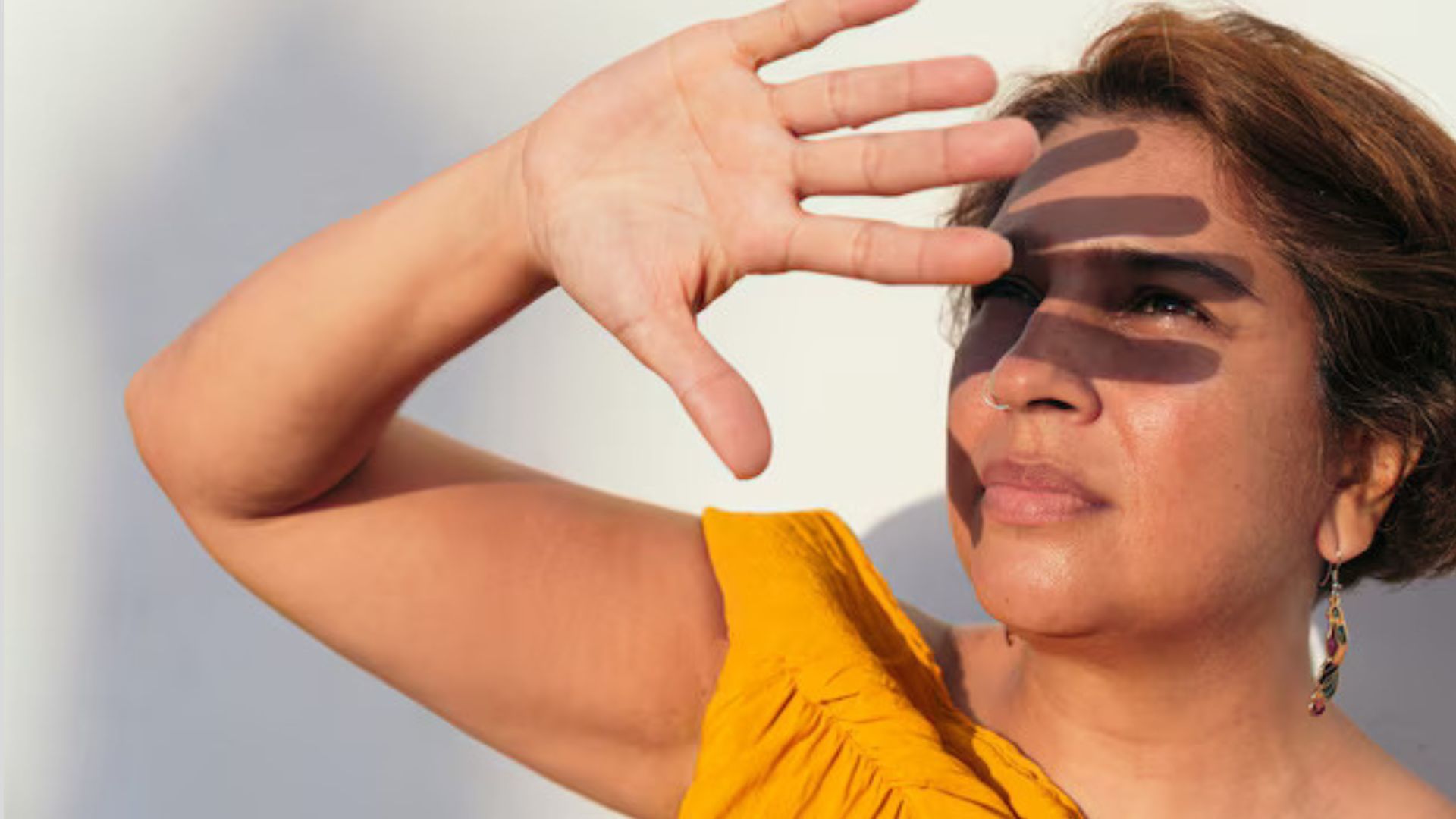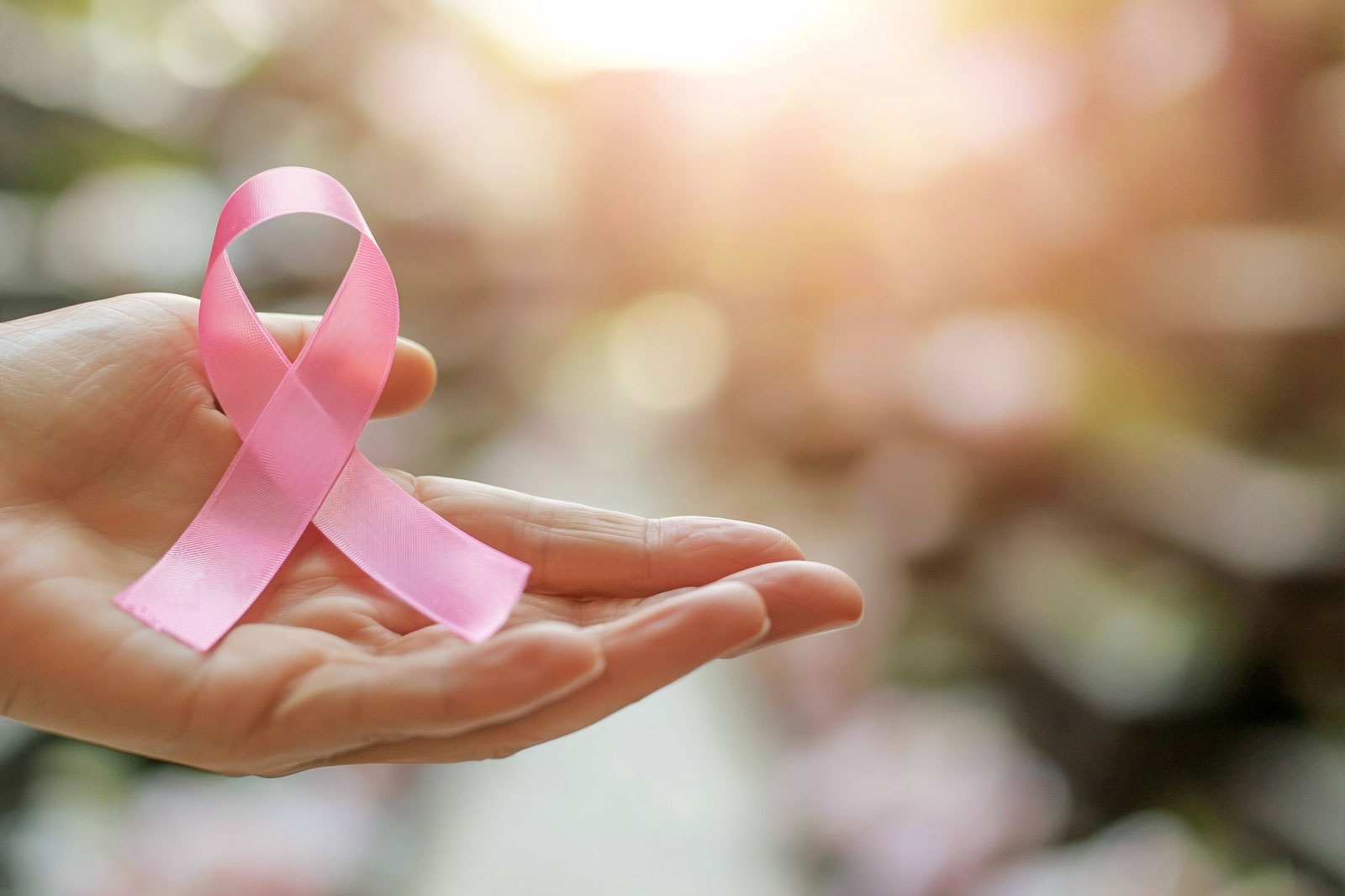

Sunburn and Skin Cancer: What’s the Connection?
Sunrays make us feel good and we enjoy taking sun baths, but have you wondered if they are not harming your skin? Sunburns or over-sun exposure are common, and people often take advice from professionals to deal with tanning and other issues, but it can also cause serious health conditions.
Skin cancer’s main cause is sun exposure. Although the sun is needed for vitamin D, it is also necessary to put a limit on the amount of sun exposure. Understand the connection between sunburn and skin cancer.
What is Sunburn?
Sunburn is a skin reaction caused by overexposure to ultraviolet (UV) radiation, mainly from the sun. It occurs when the skin’s ability to protect itself from UV rays is compromised, leading to damage to skin cells and inflammation, causing redness, pain, warmth, blistering and peeling.
UV radiation is the main cause behind it. Artificial sources like tanning beds can also cause sunburn. Skin’s protective layer is harmed when it is exposed to the sun for too long or at high intensity.
Melanin, the pigment that gives skin its colour, provides some protection against UV radiation. However, when UV exposure is excessive, melanin can’t fully shield the skin, resulting in sunburn.
Symptoms of sunburn include redness, swelling, pain, tenderness, blistering, peeling and itching. These can lead to inflammation, damage to the outer layers of the skin, skin may feel warm and hot to the touch.
There are mainly three degrees of sunburn. Each degree shows the effect on skin and damage caused by exposure to the sun or tanning beds. First-degree sunburn affects only the outer layer of skin, causing redness and pain. Second-degree burns involve damaging deeper layers, causing blisters. Third-degree burns give a severe burn requiring immediate medical intervention.
You now know what sunburn is and what symptoms can show that your skin is suffering. But how is a sunburn connected to skin cancer? Learn here.
How is Sunburn Connected to Skin Cancer?
Sunburn is strongly linked to increased risk of skin cancer because it is a clear sign of DNA damage caused by excessive UV radiation from the sun. This damage, if not repaired by the body, can lead to uncontrolled cell growth and the development of skin cancer.
Look for a Comprehensive Skin Check Near Me for regular skin examinations and a complete skin checkup. Immediate expert intervention is necessary to avoid serious complications. Here is more important information regarding sunburn and skin cancer:
- Ultraviolet (UV) radiation from the sun or tanning beds can cause cancer. When UV rays penetrate the skin, they can damage the DNA within skin cells.
- Sunburn is a visible indication that your skin has been overexposed to UV radiation and has suffered damage. The redness, pain, and inflammation associated with sunburn are all signs that your body is trying to repair the damage.
- If the damage to DNA from UV radiation is severe or if the body’s repair mechanisms fail, the damaged cells can begin to grow and divide uncontrollably. This uncontrolled growth can lead to the formation of tumours, which may be cancerous.
- Excessive UV exposure, especially sunburns, is a significant risk factor for all types of skin cancer, including melanoma, basal cell carcinoma, and squamous cell carcinoma. Melanoma, in particular, is strongly linked to sunburns, especially severe blistering sunburns occurring in youth.
- You don’t need to notice sunburn. Sometimes the issue is underlying the skin and not visible with the naked eye. Repeated or cumulative sun exposure can lead to DNA damage over time, increasing the likelihood of developing skin cancer.
You need to adopt certain strategies to protect your skin from getting damaged. Well! We have some tips and tricks you can follow to avoid these sunburns and skin cancer risks.
Tips and Tricks to Protect Skin From Sunburns
Sunburn’s leading cause is the sun, so it is easy to say that you should not step out in the sun often. Here is more you can do:
- Limit sun exposure and tanning beds. UV radiation is the main reason behind DNA damage, so limit your sunbathing and be limited to tanning beds.
- Seek shade whenever you can. Take shades from trees, umbrellas or sunglasses to protect eyes and the surrounding areas.
- Protective clothing can help cover skin from UV radiation. Wear long-sleeved shirts, pants and wide-brimmed hats to get protection against the sun.
- Use a broad-spectrum sunscreen to protect your skin.
- Visit for regular skin checkups so that experts can detect the issue at an early stage.
Now, be smart while stepping out and seek help whenever needed.

